Stephanie Cogavin of Colaiste Chroabh Abhann, Co. Wicklow, is nuts about protein-packed peanuts
Nuts are one of the most versatile and nutritious foods available on the market today. They provide a great natural source of protein, peanuts in particular. Peanuts are also known as ‘arachides’, ‘mandelonas’ and ‘goobers’. Peanuts are actually not nuts at all – they are part of the legume family (like peas, beans and lentils) and they grow underground.
Peanut butter is a healthy, filling snack. It’s a food paste made from ground roasted nuts. The popularity of nut butter has soared with the increase in availability of crunchy and smooth varieties of peanut, cashew, hazelnut and almond butter.
Health benefits: it’s got the good fats!
Protein, fats and fibre are the major components that make up peanut butter. Peanut butter contains a high percentage of fat, on average containing 46g per 100g. However, peanuts are rich in mono-unsaturated and poly-unsaturated fats, which promote heart health. These fats help reduce LDL or “bad cholesterol,” and increase HDL “good cholesterol,” levels in the blood.
Peanuts are also a good source of Vitamin E, a powerful antioxidant, protecting against free radicals. Peanut butter is a fibre-rich food, leaving you feel fuller for longer. This means, you’re less likely to crave junk food and unhealthy snacks.
A serving size of peanut butter is 15 grams, or two tablespoons, an easy way to add healthy protein into your diet. Protein contributes to the growth and maintenance of body cells and muscle mass, and peanuts contain 29.6g per 100g, making them an easy and cheap protein source. To put this in perspective, following a training session the human body requires around 20g of protein to help repair and grow muscle cells.
A note on allergies
Peanuts are one of the most common causes of severe allergy attacks worldwide. Symptoms of an allergic reaction can either be immediate or specific. They include skin rash, swelling of the lips, tongue and throat which can then led to trouble breathing. Those with a peanut allergy need to avoid peanuts and peanut based products, and it is now advised not to pack peanuts as a part of your child’s school lunch as this may have adverse effects on allergic children in his/her class.
Get nutty with your snack
- Add a tablespoon of peanut butter to your smoothies or porridge in the mornings for an extra protein boost
- Enjoy peanut butter and banana on a slice of wholemeal toast or some rice cakes
- Spread some peanut butter on some apple slices or bananas .
- Use it as a dip for celery and carrots.
- Make some alternative pancakes using peanut butter (recipe below)
Top tip:
Select natural peanut butters if you don’t want artificial ingredients, salt and sweeteners added.
Peanutty protein-packed pancakes
Serves 1
2 bananas
1 egg
1 tbsp peanut butter
- Peel and mash the bananas into a bowl. Add the peanut butter and egg and mix thoroughly together.
- Heat a non-stick frying pan on a medium heat.
- Gently add a spoonful of the pancake mix into the frying pan and cook until golden brown. Flip the pancake and cook the other side until golden brown.
- Stack the pancakes on a large plate when cooked and serve with natural yoghurt and
- fresh blueberries.
Per serving:
367kcals, 13.2g fat (3.3g saturated), 57.4g carbs, 30.7g sugars, 12.1g protein, 7.1g fibre, 0.137g sodium
- summer events
- small business
- gut health
- OATLY
- healthy
- Crudo
- top tips
- All Together Now
- fridge cake
- Events Waterford
- me auld flower
- Events Ireland
- food festival
- news
- dublin
- events Dublin
- dublin festival
- Home-Cooking
- food and drink festival
- online cooking course
- festival line-up
- cooking
- Summer festival
- eco-friendly
- Events
- cosy
- Festivals Ireland
- wine
- Body & Soul
- grapes
- music festival
- south africa

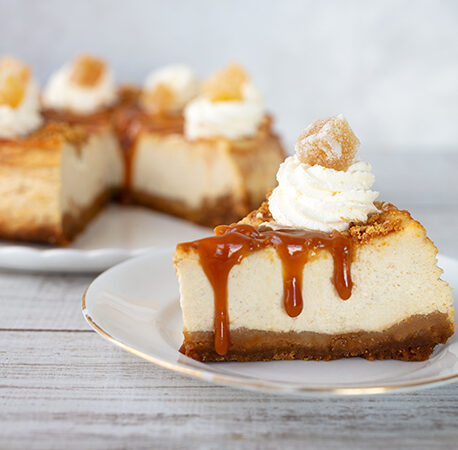
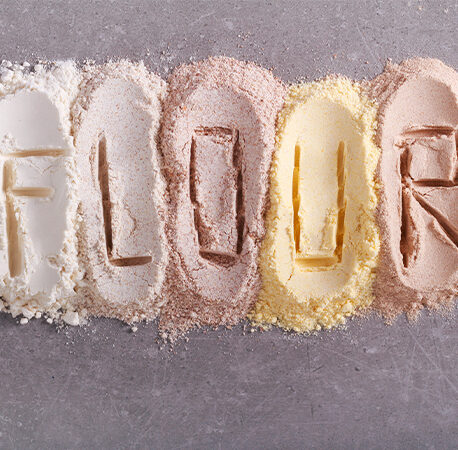
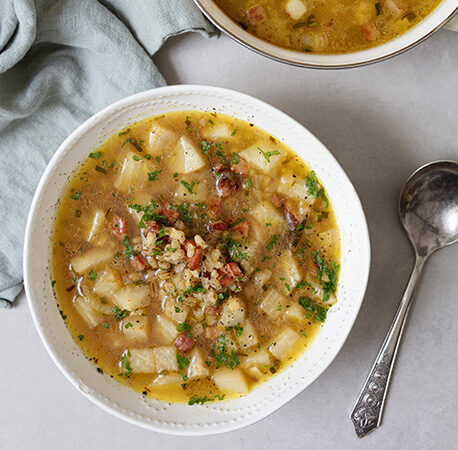
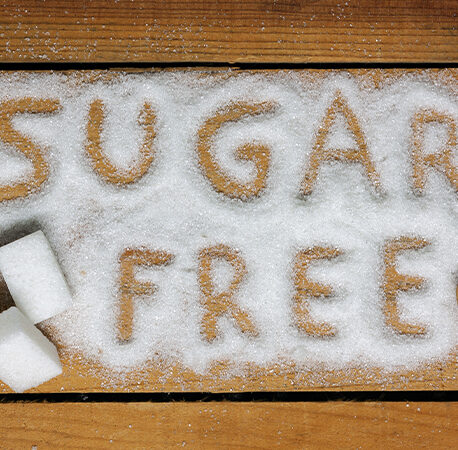
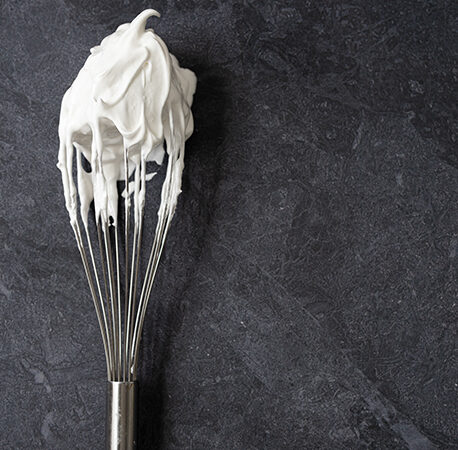
You have to be signed in to comment this post.